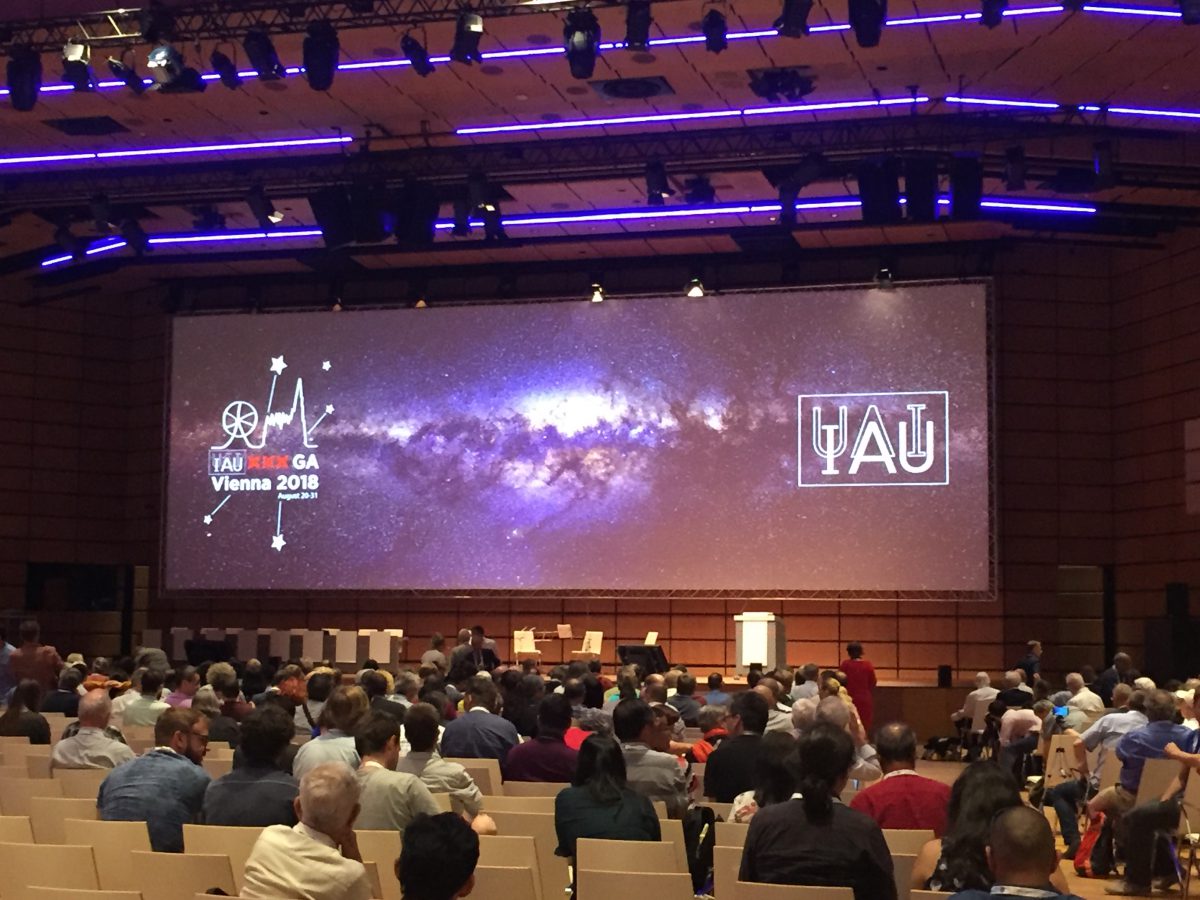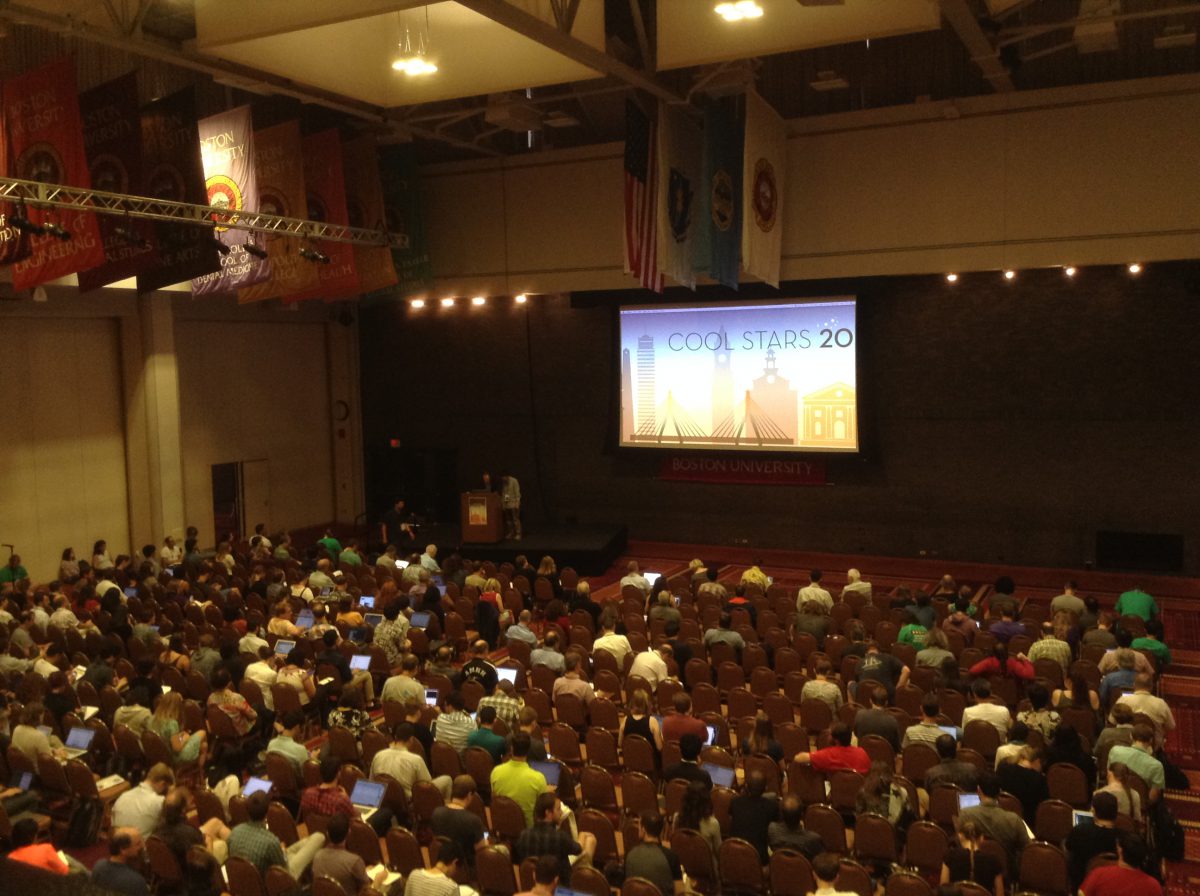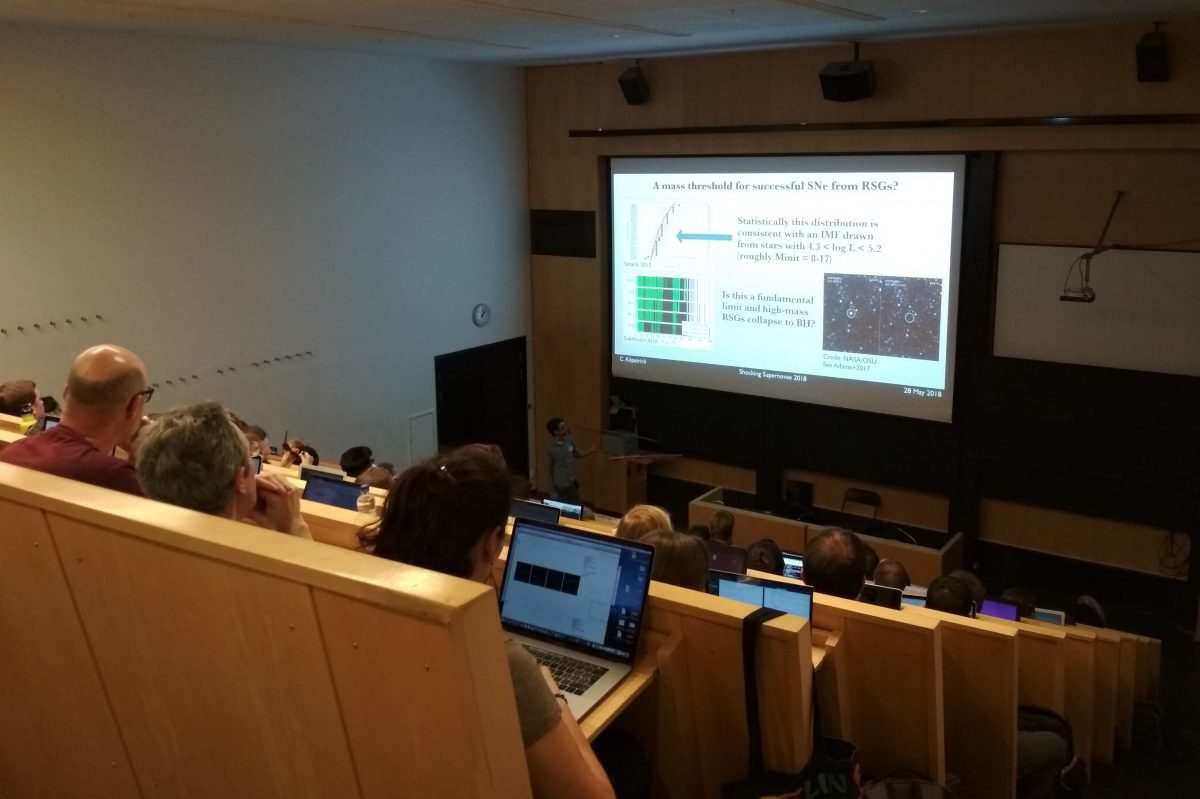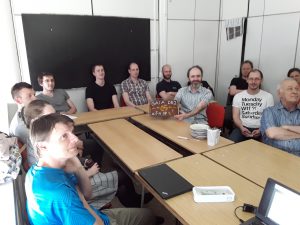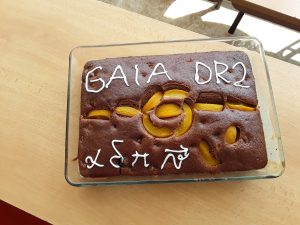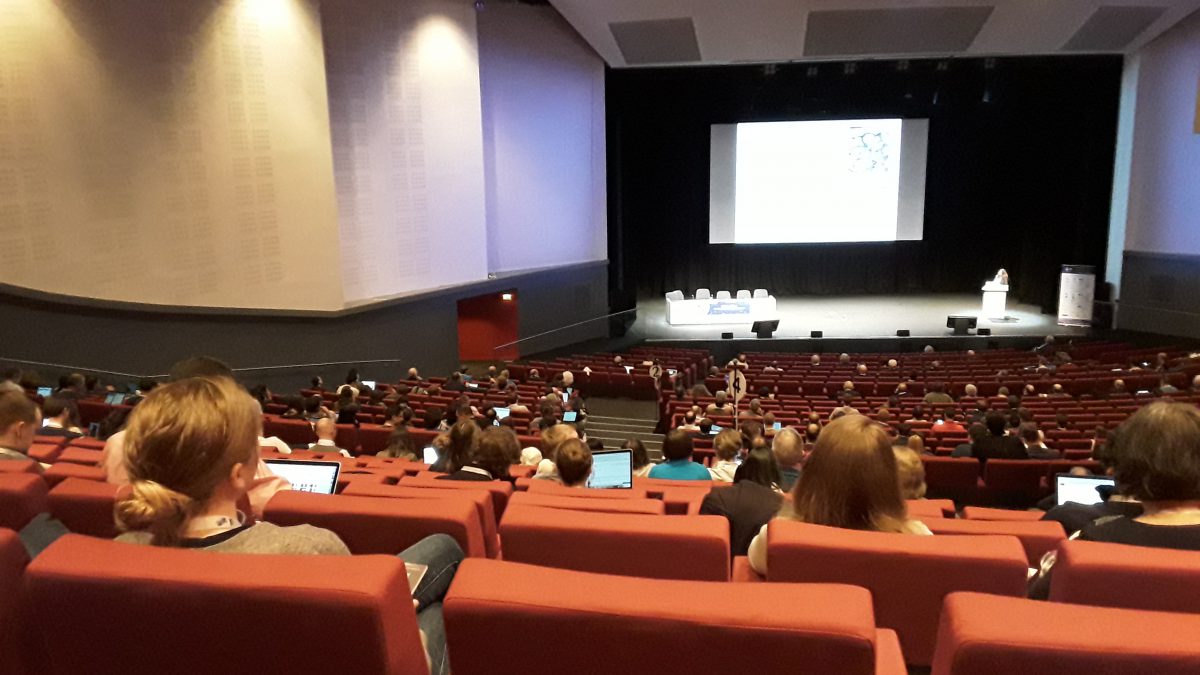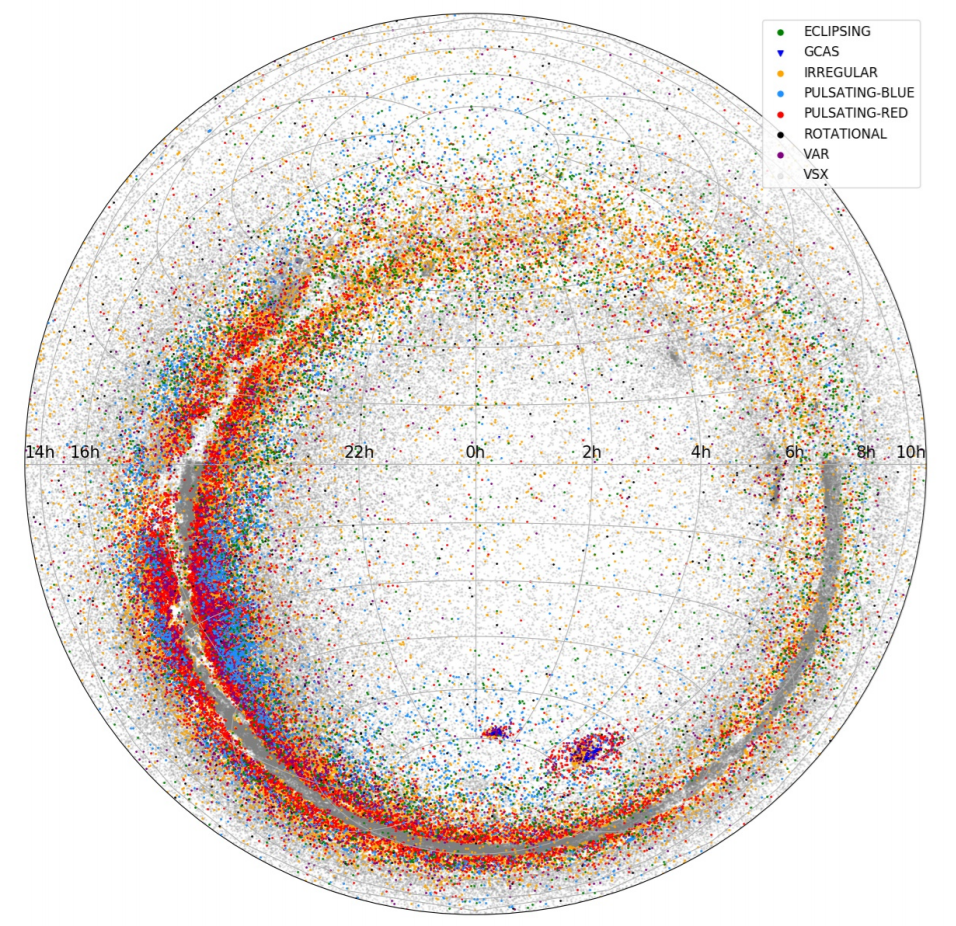Michał Pawlak is representing us at the IAU General Assembly in Vienna.
Cool Stars 20
Michał Pawlak is now at Cool Stars 20 conference at CfA (Boston), where he gave a table talk poster.
ERC Starting grant for our group

Very pleased to announce that our research on binary stars and transients was awarded ERC Starting grant with project Cat-In-hAT: Catastrophic Interactions of Binary Stars and the Associated Transients.
Starting in Fall, we will be looking for postdocs and PhD student in the general areas of computational astrophysics, numerical modeling, (magneto)hydrodynamics, radiation transport etc. Stay tuned for more information.
Talk on supernova cosmology
Tomás Müller from University of Southampton gave a talk on “Type Ia Supernova Cosmology: infrared light as a new window” during our regular science coffee time slot.
Conference on shocking supernovae
Attending conference Shocking Supernovae: surrounding interactions and unusual events at Stockholm with Petr Kurfürst.
“Gaia fest” at Science coffee
To celebrate Gaia DR2 (where Michał Pawlak played a role as a member of Gaia team), we made special science coffee with a Gaia cake (Galactic plane and LMC & SMC – apricots, dark matter substructure – baked-in cherries).
EWASS 2018 in Liverpool
Spending this week at EWASS 2018 in Liverpool listening to talks on supernovae, hypernovae, GRB, and novae. EWASS is followed by weekend workshop on recurrent novae.
The ASAS-SN Catalog of Variable Stars I: The Serendipitous Survey
Michał Pawlak helped create the first catalog of variable stars from ASAS-SN. Full version of the paper led by Tharindu Jayasinghe is available as arXiv:1803.01001. More variable stars are coming soon!
La Silla Paranal Users Workshop

Michał Pawlak participated at La Silla Paranal Users Workshop at ESO Garching.
Visit by Jim Fuller
In the past couple days we hosted Jim Fuller from Caltech, who gave talks at our departmental seminar and at the Astronomical Institute of the Czech Academy of Sciences.

